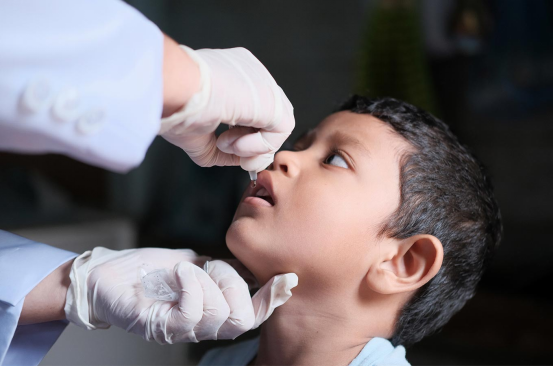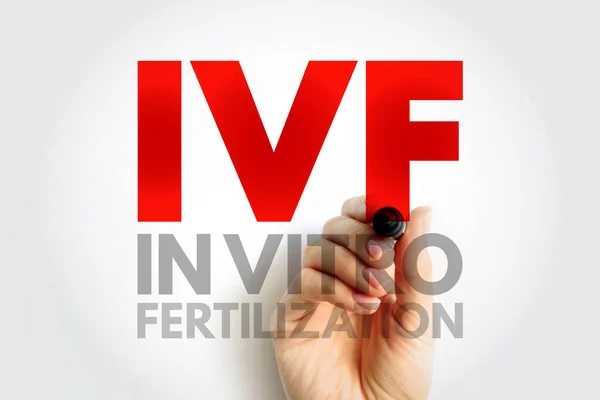Protecting the Future: The Power of the Polio Vaccine
Polio, short for poliomyelitis, is a highly contagious viral disease that primarily affects young children, causing paralysis and in some cases, death. For much of human history, polio was a devastating epidemic, leaving millions of children disabled and families devastated. However, thanks to the polio vaccine, this disease has been largely eradicated in most parts of the world, marking one of the greatest achievements in public health.
Polio, short for poliomyelitis, is a highly contagious viral disease that primarily affects young children, causing paralysis and in some cases, death. For much of human history, polio was a devastating epidemic, leaving millions of children disabled and families devastated. However, thanks to the polio vaccine, this disease has been largely eradicated in most parts of the world, marking one of the greatest achievements in public health.

This article explores the history of polio, the power of the polio vaccine, and the ongoing efforts to eradicate the disease worldwide, highlighting why vaccination remains crucial to protecting future generations from polio.
What is Polio?
Polio is caused by the poliovirus, which is primarily spread through fecal-oral transmission, meaning the virus is found in the stool of infected individuals and can spread when someone ingests food or water contaminated with the virus. It can also be transmitted through droplets from sneezing or coughing, though this is less common.
Polio primarily affects the nervous system, specifically the spinal cord, leading to paralysis and muscle weakness. The disease can result in lifelong disability, and in the most severe cases, it can affect the respiratory muscles, leading to death due to respiratory failure.
There are three types of polio viruses (types 1, 2, and 3), and although all are capable of causing paralysis, polio type 2 was officially declared eradicated in 2015. Polio type 3 has not been detected in the wild since 2012, leaving type 1 as the only remaining strain in circulation.
The History of the Polio Vaccine
The development of the polio vaccine represents a monumental milestone in medicine. Prior to the vaccine, polio outbreaks were common worldwide, especially in the summer months, and caused widespread fear. Thousands of children were paralyzed, and there was no effective treatment.
Jonas Salk’s Inactivated Polio Vaccine (IPV)
The first major breakthrough in the fight against polio came in 1955 when Dr. Jonas Salk developed the inactivated polio vaccine (IPV). Salk’s vaccine was made using a killed (inactivated) version of the virus, which could not cause disease but still stimulated the immune system to produce antibodies against the virus.
- The IPV was safe, and it provided immunityagainst all three types of polio virus.
- Its success led to a massive vaccination campaign, and by the 1960s, the incidence of polio in the United States had dramatically declined.
Albert Sabin’s Oral Polio Vaccine (OPV)
Following Salk’s vaccine, Dr. Albert Sabin developed the oral polio vaccine (OPV) in the 1960s, which was easier to administer and could be taken as a pill or liquid. Sabin’s vaccine used a weakened, live form of the virus, which also stimulated immunity but was easier to distribute and more affordable than the injected IPV.
- The OPV became the vaccine of choice for mass immunization campaigns because it was inexpensive and could be given in low-resource settingswith minimal medical infrastructure.
- OPV helped to make large-scale vaccination campaigns possible, and it has played a crucial role in the near-eradication of polio.
The Global Polio Eradication Initiative
In 1988, the World Health Organization (WHO), together with UNICEF, the Centers for Disease Control and Prevention (CDC), and other international partners, launched the Global Polio Eradication Initiative (GPEI) with the goal of eliminating polio worldwide.
The polio vaccine has been the cornerstone of this effort. Thanks to widespread immunization campaigns, the number of global polio cases has decreased by over 99%. At the time of the initiative’s launch, polio paralyzed 350,000 children annually in more than 125 countries. Today, only a handful of countries continue to report cases of wild polio, and the disease is nearly eradicated.
The Power of the Polio Vaccine
The success of the polio vaccine cannot be overstated. Its impact on public health has been transformative, and it continues to protect millions of children around the world.
1. Eradicating a Global Health Threat
The development and widespread distribution of the polio vaccine have led to the near-eradication of polio in many parts of the world. In 2020, there were only 140 cases of polio reported worldwide, down from hundreds of thousands annually before the vaccine was introduced.
- In 2014, the World Health Assemblydeclared polio a public health emergency of international concern due to the limited number of countries where the disease was still endemic: Afghanistan, Pakistan, and Nigeria. By 2020, Nigeria was declared polio-free, and Pakistan and Afghanistan remain the last holdouts.
- Eradication of polio would save billions of dollarsin treatment costs, reduce healthcare burdens, and prevent children from being permanently disabled or dying from the disease.
2. Protecting Children’s Health
The polio vaccine has saved millions of lives and prevented countless children from suffering from the debilitating effects of polio, including paralysis and death. By vaccinating every child, we are not only protecting individuals but also ensuring community immunity, which prevents outbreaks.
- Vaccination has helped to ensure that polio is no longer a public health threatin many parts of the world. Today, children born in countries with strong vaccination programs have a much lower risk of contracting polio than previous generations.
3. Immunization Campaigns and Herd Immunity
Polio vaccination campaigns have played a key role in the global immunization movement. Mass vaccination efforts, such as National Immunization Days (NIDs), have helped vaccinate millions of children in regions with limited access to healthcare.
- Herd immunityoccurs when enough people in a population are vaccinated, preventing the virus from spreading, even if not everyone is vaccinated. Polio vaccination campaigns aim to achieve herd immunity in every community.
- The polio vaccinehas also helped improve other health systems, as immunization infrastructure is often used to deliver other essential vaccines, such as those for measles, tetanus, and diphtheria.
4. The Vaccine’s Contribution to Global Health
The success of the polio vaccination campaign has had ripple effects on other global health initiatives. The effort to eradicate polio has helped strengthen immunization programs in general, improved surveillance and reporting systems, and laid the groundwork for the eradication of other infectious diseases like guinea worm disease.
The Global Polio Eradication Initiative has also helped build stronger health systems in the countries where it operates. It has provided valuable lessons in public health management, vaccine distribution, disease surveillance, and community outreach that can be applied to other health challenges.
The Final Push: Challenges and Ongoing Efforts
Despite the tremendous success of the polio vaccination campaign, there are still challenges to overcome before the world can be declared polio-free:
- Conflict Zones and Political Instability: Polio vaccination efforts have been hindered in regions affected by armed conflictand political instability, where access to healthcare services is limited.
- Vaccine Hesitancy: Some communities may have misconceptions about the safety and necessity of the polio vaccine, leading to lower vaccination rates.
- Wild Poliovirus Transmission: While the number of polio cases has drastically decreased, pockets of the virus still persistin areas with low vaccination coverage, such as parts of Afghanistan and Pakistan.
- Oral Polio Vaccine (OPV) Use: The use of OPV, while highly effective, carries a small risk of vaccine-derived polioin under-immunized communities. As polio nears eradication, the use of the inactivated polio vaccine (IPV) is being ramped up.
The Path to a Polio-Free World
The eradication of polio is within reach, but it requires global cooperation and continued investment in immunization programs. By ensuring that every child is vaccinated, supporting health workers, improving surveillance systems, and tackling challenges like vaccine hesitancy, the world can achieve polio eradication in our lifetime.
Conclusion: A Legacy of Protection
The polio vaccine has been a game-changer in the field of public health. It has protected millions of children from paralysis and death, and its impact on global health continues to reverberate around the world. While we are closer than ever to eradicating polio, continued efforts are needed to finish the job and ensure that future generations grow up free from the threat of this disease.
The fight against polio serves as a reminder of the incredible power of vaccines in protecting public health. It is a testament to the progress that can be achieved when science, collaboration, and public health initiatives come together with a common goal: to protect the future for every child, everywhere.








